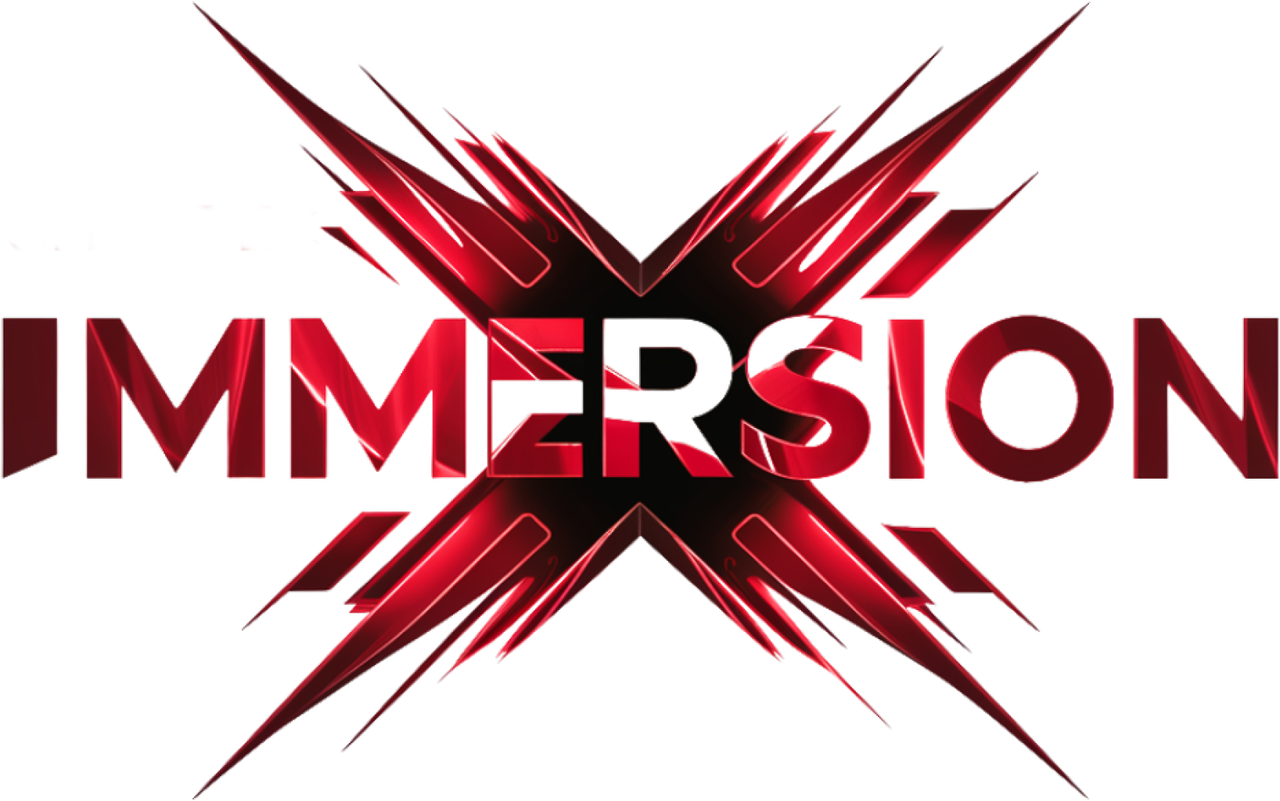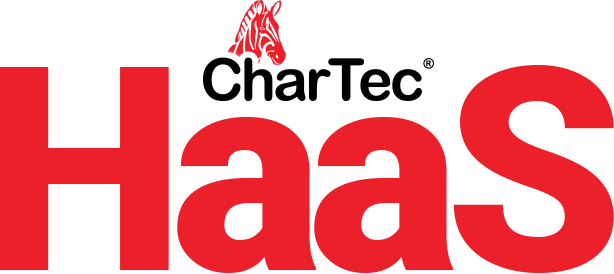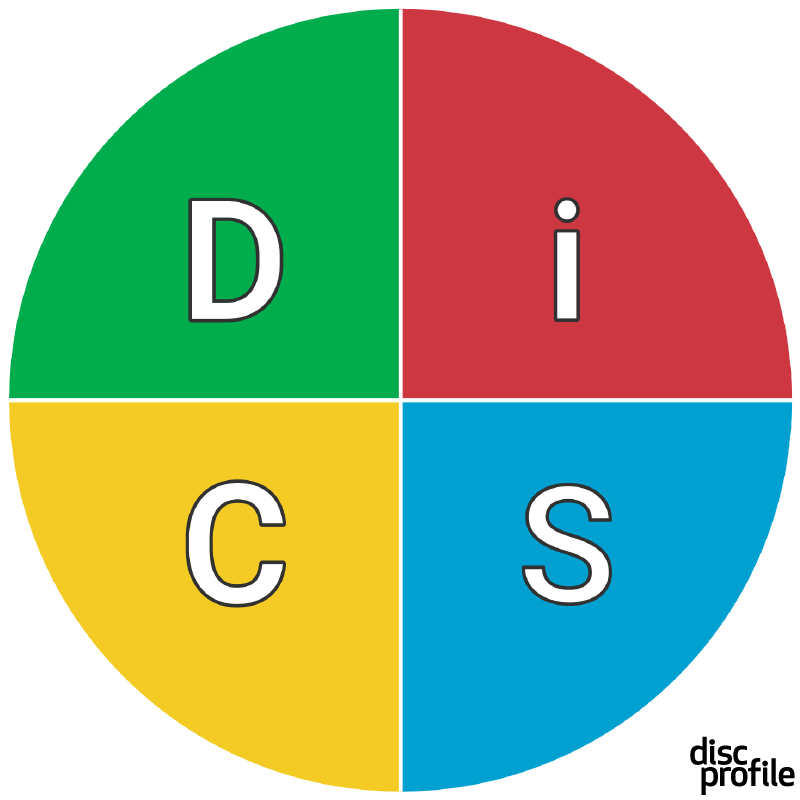You've taken the chance and started your own business. As the only employee, you're responsible for everything. You've reached the point where you're working 60+ hours per week, yet you can't afford to take time off because your business requires constant attention. It's clear it's time to expand and you need to hire someone. But still, you have doubts. Are you sure it's time to hire? What role should the new hire play in your company? And, most important, who should you hire?
Your first decision on who to hire can be the most important decision in growing your business. Think about any weaknesses you may have, and what areas of your business are lacking attention. Do you need a bookkeeper? Tech? Salesperson? Or do you choose the more-costly option and duplicate yourself? To make it easy on yourself, your first hire should be someone who generates revenue. Otherwise, you'll be the only one carrying the financial load for the whole company.
Make sure you have some money in the bank because it will take a few months or more for new employees to generate enough revenue to cover their costs. Remember that we recommend having at least three months of salary socked away when you're onboarding a new salesperson. Since the bulk of a salesperson's salary is commission-based, you'll need to give them at least three months to ramp up their commission. Follow the same theory when you hire your first few employees.
Get them to the point where they’re generating enough revenue to cover their costs; then, once that person is generating close to double their costs it’s time to find your next hire. Before you know it, you’ll have a building full of employees.

But who should your first hire be? For MSP growth, we recommend that you replicate yourself first. Bring on someone who can do everything you do, and hopefully more. This is a huge decision for you so take your time and hire the right person. Follow the steps below to help you hire the right people at the right times.
TRUST
When you bring unknown people into your company, you’ll need to have a certain level of trust toward all of them. You’ll trust that they are bringing certain job skills with them. Trust that they will interact well with your clients. And trust them with your business information; contacts, vendors, and financial info. Take your time and don’t rush to hire someone you’re not sure about. And if a new hire smells fishy early on, don’t hesitate to let them go. Remember the motto: hire slowly and fire quickly.
CULTURE
The flip side of hiring the right people is developing the Company Culture you'd like to have. Part of that culture is deciding what shifts people will work. For example, do you have clients who need support during the weekends? If so, make it clear that new hires will be required to work weekends. You can decide if employees will rotate days off or stick to a shift that includes weekends. Do this when bringing someone on board, if possible. It's easier to get someone to agree to your terms when they're looking for a job than get them to modify their shift after they are hired.
ONBOARDING
During the training phase of your first hire, it’s a good idea to require them to document the process you use to get them up to speed. Later, go over those documents with the new hire and discuss the positives and negatives of your process. Tweak the documents as needed and turn the steps into SOPs. The next time you hire someone you’ll have these documents as Training Material and your onboarding process should be a lot easier. Keep track of everything, and pass this information to whomever you hire to help with training in the, hopefully near, future.
HIRING ORDER
After you’ve made that all-important first hire, you’ll need to decide which position you’ll want to hire next. And after that, you'll do it all again. And again, and again! Depending on your specific needs you'll probably go through some growing pains while you're onboarding new employees. Use your best judgment when hiring. Here is an order we've seen have good results in the past:
Engineer. Every good MSP needs a solid Engineer who can fix things, solve problems, handle clients and help you dive deep during discoveries of new prospects.
Salesperson. To generate new revenue, you'll need someone pounding the pavement and following up on leads. By this time in your growth phase you're probably tired of selling anyway. Time to pass the torch to someone else so you can focus on growth.
Dispatch, Bookkeeping, Office Management, and Sales support. Now you're moving into the realm of non-revenue generating employees. It will sting a little, the first few times you hire people who aren't generating income, but remind yourself that just because you
need these people, you are running a healthy, growing company.
Marketing, Builds, and NOC. Marketing will generate leads for sales. Builds will put together all of the hardware your Sales staff is selling. And you'll need to grow your NOC, (Network Operations Center), to keep up with all the new clients your new hires are bringing in.
THE RULE OF SEVEN
While bringing new people onboard, keep in mind you’ll need to build a management hierarchy as you grow. A good rule of thumb is that no manager or supervisor should have more than seven people reporting to them. That way the manager/supervisor will be able to address the needs and issues of his staff and the clients they maintain.
Some days during your growth phase, you'll feel completely overwhelmed. Keep telling yourself that growing your business is a good thing and that hiring the right people will make the process better for everyone. Especially you!

 But who should your first hire be? For MSP growth, we recommend that you replicate yourself first. Bring on someone who can do everything you do, and hopefully more. This is a huge decision for you so take your time and hire the right person. Follow the steps below to help you hire the right people at the right times.
TRUST
When you bring unknown people into your company, you’ll need to have a certain level of trust toward all of them. You’ll trust that they are bringing certain job skills with them. Trust that they will interact well with your clients. And trust them with your business information; contacts, vendors, and financial info. Take your time and don’t rush to hire someone you’re not sure about. And if a new hire smells fishy early on, don’t hesitate to let them go. Remember the motto: hire slowly and fire quickly.
CULTURE
The flip side of hiring the right people is developing the Company Culture you'd like to have. Part of that culture is deciding what shifts people will work. For example, do you have clients who need support during the weekends? If so, make it clear that new hires will be required to work weekends. You can decide if employees will rotate days off or stick to a shift that includes weekends. Do this when bringing someone on board, if possible. It's easier to get someone to agree to your terms when they're looking for a job than get them to modify their shift after they are hired.
ONBOARDING
During the training phase of your first hire, it’s a good idea to require them to document the process you use to get them up to speed. Later, go over those documents with the new hire and discuss the positives and negatives of your process. Tweak the documents as needed and turn the steps into SOPs. The next time you hire someone you’ll have these documents as Training Material and your onboarding process should be a lot easier. Keep track of everything, and pass this information to whomever you hire to help with training in the, hopefully near, future.
HIRING ORDER
After you’ve made that all-important first hire, you’ll need to decide which position you’ll want to hire next. And after that, you'll do it all again. And again, and again! Depending on your specific needs you'll probably go through some growing pains while you're onboarding new employees. Use your best judgment when hiring. Here is an order we've seen have good results in the past:
Engineer. Every good MSP needs a solid Engineer who can fix things, solve problems, handle clients and help you dive deep during discoveries of new prospects.
Salesperson. To generate new revenue, you'll need someone pounding the pavement and following up on leads. By this time in your growth phase you're probably tired of selling anyway. Time to pass the torch to someone else so you can focus on growth.
Dispatch, Bookkeeping, Office Management, and Sales support. Now you're moving into the realm of non-revenue generating employees. It will sting a little, the first few times you hire people who aren't generating income, but remind yourself that just because you need these people, you are running a healthy, growing company.
Marketing, Builds, and NOC. Marketing will generate leads for sales. Builds will put together all of the hardware your Sales staff is selling. And you'll need to grow your NOC, (Network Operations Center), to keep up with all the new clients your new hires are bringing in.
THE RULE OF SEVEN
While bringing new people onboard, keep in mind you’ll need to build a management hierarchy as you grow. A good rule of thumb is that no manager or supervisor should have more than seven people reporting to them. That way the manager/supervisor will be able to address the needs and issues of his staff and the clients they maintain.
Some days during your growth phase, you'll feel completely overwhelmed. Keep telling yourself that growing your business is a good thing and that hiring the right people will make the process better for everyone. Especially you!
But who should your first hire be? For MSP growth, we recommend that you replicate yourself first. Bring on someone who can do everything you do, and hopefully more. This is a huge decision for you so take your time and hire the right person. Follow the steps below to help you hire the right people at the right times.
TRUST
When you bring unknown people into your company, you’ll need to have a certain level of trust toward all of them. You’ll trust that they are bringing certain job skills with them. Trust that they will interact well with your clients. And trust them with your business information; contacts, vendors, and financial info. Take your time and don’t rush to hire someone you’re not sure about. And if a new hire smells fishy early on, don’t hesitate to let them go. Remember the motto: hire slowly and fire quickly.
CULTURE
The flip side of hiring the right people is developing the Company Culture you'd like to have. Part of that culture is deciding what shifts people will work. For example, do you have clients who need support during the weekends? If so, make it clear that new hires will be required to work weekends. You can decide if employees will rotate days off or stick to a shift that includes weekends. Do this when bringing someone on board, if possible. It's easier to get someone to agree to your terms when they're looking for a job than get them to modify their shift after they are hired.
ONBOARDING
During the training phase of your first hire, it’s a good idea to require them to document the process you use to get them up to speed. Later, go over those documents with the new hire and discuss the positives and negatives of your process. Tweak the documents as needed and turn the steps into SOPs. The next time you hire someone you’ll have these documents as Training Material and your onboarding process should be a lot easier. Keep track of everything, and pass this information to whomever you hire to help with training in the, hopefully near, future.
HIRING ORDER
After you’ve made that all-important first hire, you’ll need to decide which position you’ll want to hire next. And after that, you'll do it all again. And again, and again! Depending on your specific needs you'll probably go through some growing pains while you're onboarding new employees. Use your best judgment when hiring. Here is an order we've seen have good results in the past:
Engineer. Every good MSP needs a solid Engineer who can fix things, solve problems, handle clients and help you dive deep during discoveries of new prospects.
Salesperson. To generate new revenue, you'll need someone pounding the pavement and following up on leads. By this time in your growth phase you're probably tired of selling anyway. Time to pass the torch to someone else so you can focus on growth.
Dispatch, Bookkeeping, Office Management, and Sales support. Now you're moving into the realm of non-revenue generating employees. It will sting a little, the first few times you hire people who aren't generating income, but remind yourself that just because you need these people, you are running a healthy, growing company.
Marketing, Builds, and NOC. Marketing will generate leads for sales. Builds will put together all of the hardware your Sales staff is selling. And you'll need to grow your NOC, (Network Operations Center), to keep up with all the new clients your new hires are bringing in.
THE RULE OF SEVEN
While bringing new people onboard, keep in mind you’ll need to build a management hierarchy as you grow. A good rule of thumb is that no manager or supervisor should have more than seven people reporting to them. That way the manager/supervisor will be able to address the needs and issues of his staff and the clients they maintain.
Some days during your growth phase, you'll feel completely overwhelmed. Keep telling yourself that growing your business is a good thing and that hiring the right people will make the process better for everyone. Especially you!








